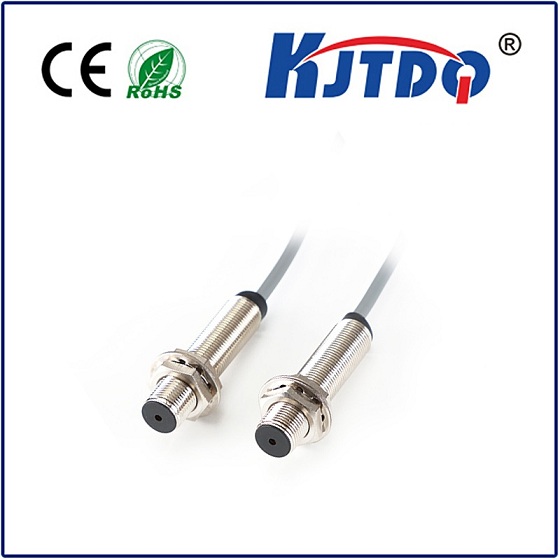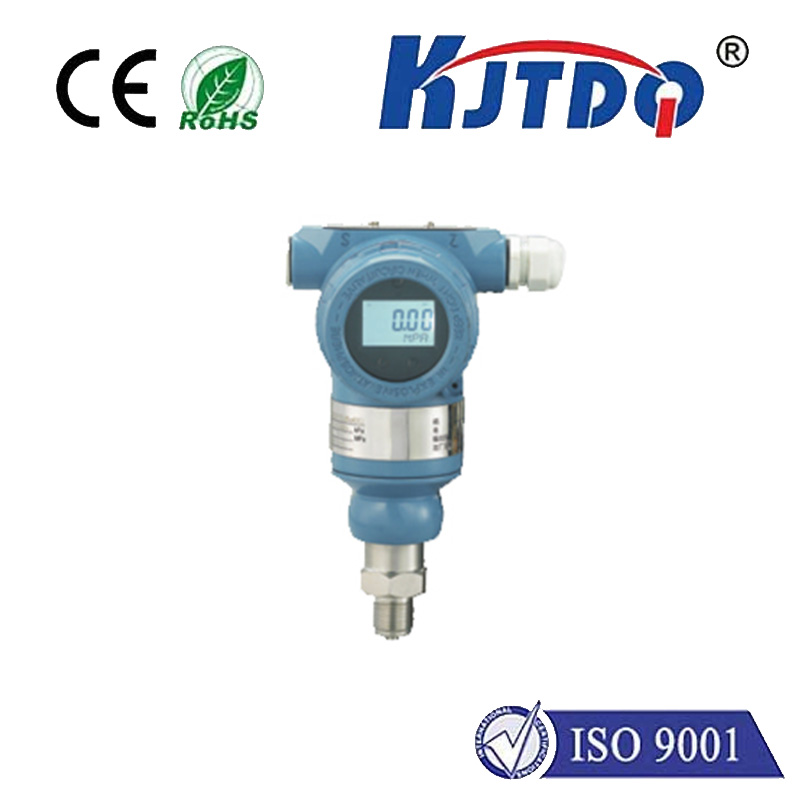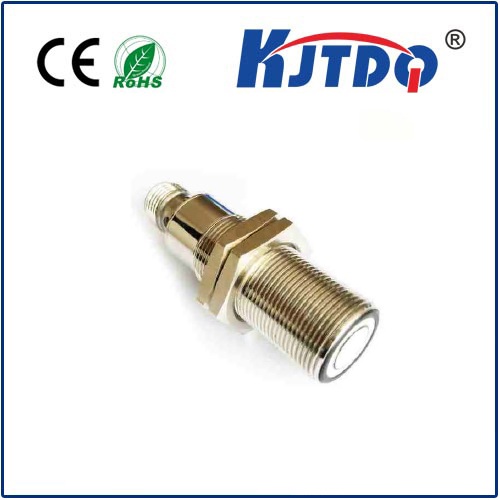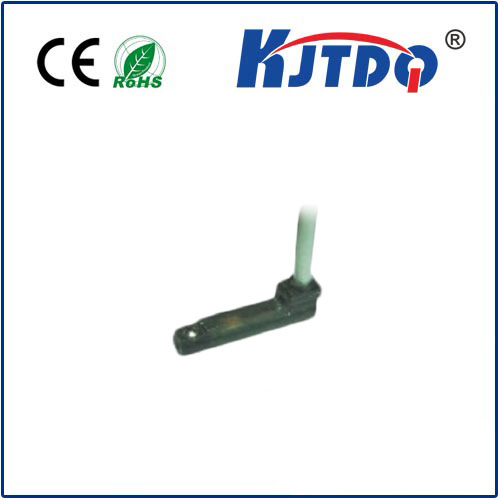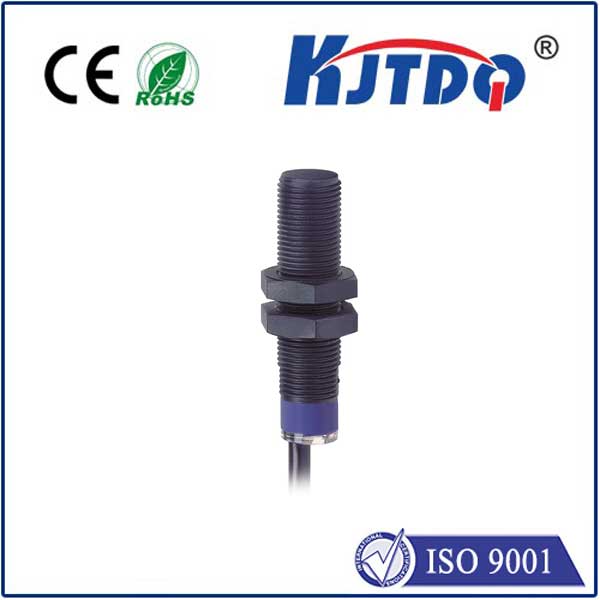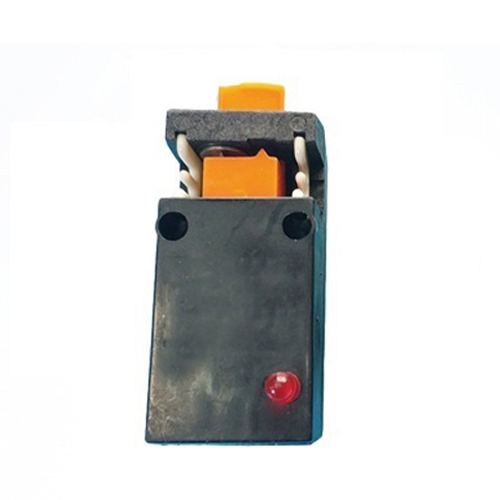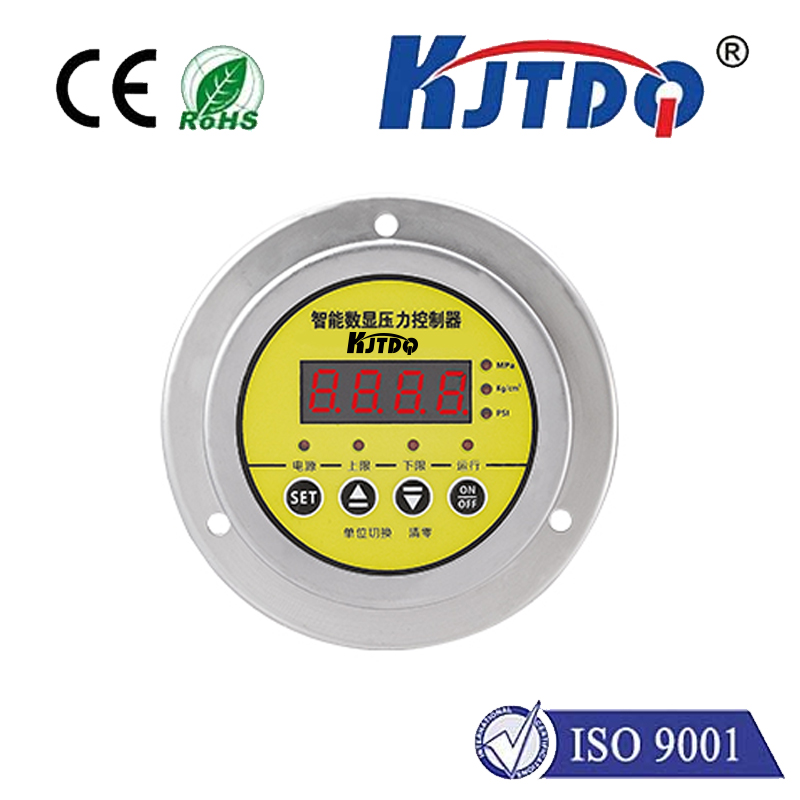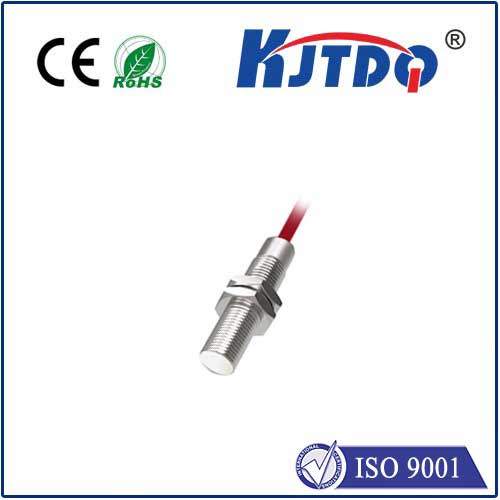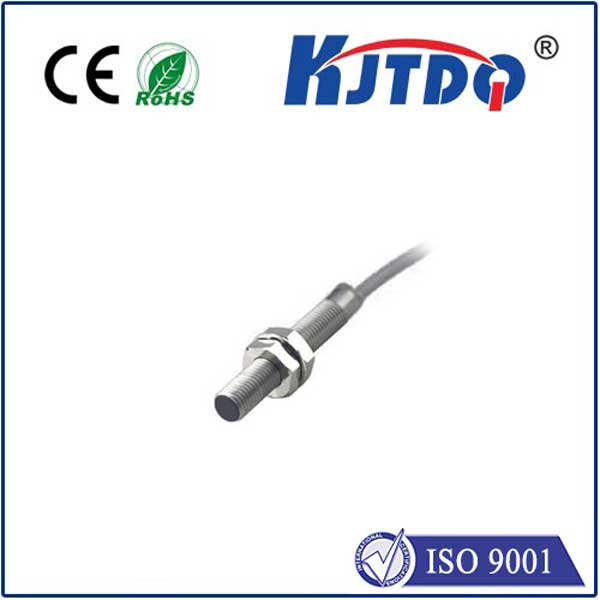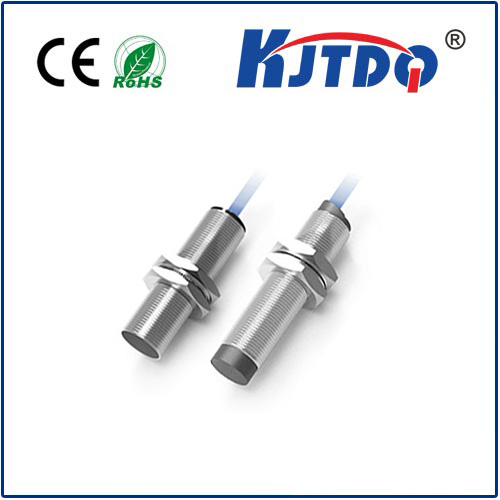BES00ZE proximity sensor
- time:2025-10-16 10:10:26
- Click:0
Unlocking Precision and Reliability: The Power of the BES00ZE Proximity Sensor
Imagine a high-speed bottling line suddenly jamming because a sensor missed detecting an empty slot. Picture an automated welding robot position slightly off, causing costly rework. At the heart of countless industrial processes lie moments where precision detection makes the difference between seamless operation and frustrating downtime. This is the critical domain where proximity sensors reign supreme, and the BES00ZE emerges as a standout solution engineered to deliver uncompromising performance.
What Exactly is a Proximity Sensor?
Before delving into the specifics of the BES00ZE, let’s clarify its fundamental role. A proximity sensor is a non-contact electronic device designed to detect the presence or absence of an object within its designated sensing range. Unlike mechanical switches requiring physical touch, proximity sensors sense objects electromagnetically (inductive type for metals), capacitively, ultrasonically, or via photoelectric means. This non-contact nature is their superpower, enabling detection without wear and tear, handling delicate objects gently, and operating reliably in challenging, dirty, or wet environments where physical contact is impractical or damaging. They are the silent sentinels automating counting, positioning, end-of-travel detection, and object verification across countless industries.
The BES00ZE Proximity Sensor: Engineered for Demanding Applications

The BES00ZE represents a highly capable inductive proximity sensor within its class. Designed with industrial robustness and precision in mind, it tackles the core requirements engineers face daily:
- Compact Design & Simplified Installation: The BES00ZE typically features a threaded barrel housing (commonly M8 or M12), making it incredibly easy to install into standard mounting holes found on machinery and fixtures. Its compact size allows it to fit into tight spaces where larger sensors simply can’t go, offering significant flexibility in system design.
- Reliable & Robust Detection: Engineered as an inductive sensor, the BES00ZE excels at detecting metallic objects (like steel, aluminium, brass) without any physical contact. This translates to outstanding long-term reliability as there are no moving parts to wear out. Its robust construction is often rated with high IP (Ingress Protection) ratings (e.g., IP67 or higher), meaning it shrugs off dust, dirt, oil, coolants, and water jets – a necessity on factory floors, automotive plants, and outdoor equipment. Operating reliably across a wide temperature range ensures consistent performance from freezing cold warehouses to sweltering production lines.
- Consistent Performance: Featuring repeatable sensing distances (often in the range of several millimeters, e.g., Sn: 4mm for M18 models), the BES00ZE delivers predictable results batch after batch. This consistency is vital for precision automation tasks where positional accuracy is paramount. Its high switching frequency allows it to detect objects moving at significant speeds, keeping pace with modern high-throughput manufacturing.
- Environmental Tolerance: Beyond dust and water resistance, these sensors are built to handle typical industrial interference. They offer good resistance to electrical noise, magnetic fields, and vibration, ensuring stable operation even in electrically noisy motor control panels or near heavy machinery.
Where the BES00ZE Proximity Sensor Creates Tangible Value
The versatility and ruggedness of the BES00ZE proximity sensor make it indispensable across a vast spectrum of applications:
- Industrial Automation: The backbone of manufacturing. Used for position sensing (cylinder end positions, slides), object detection on conveyor belts (bottles, boxes, parts), part counting, presence verification in assembly stations, and machine guarding (detecting open doors or safety curtain positions).
- Automotive Manufacturing: Crucial on assembly lines for verifying component placement (engines, doors, seats), detecting tool positions in robotic arms, and confirming the presence of parts like wheels or axles during assembly sequences. Their robustness against oils and coolants is essential here.
- Material Handling & Packaging: Ensuring cartons are present before taping, detecting pallets on lifts, verifying product filling levels (detecting metal lids or containers), and counting items on high-speed lines.
- Machine Tools: Monitoring tool turret positions, detecting workpiece clamping, confirming spindle positioning, and providing end-of-travel signals on lathes, mills, and CNC machining centers. Resistance to metal chips and cutting fluids is critical.
- Building Automation & Access Control: Detecting door positions (open/closed), monitoring elevator car levels, and sensing the position of barriers or gates.
- Agriculture and Mobile Equipment: Used on tractors, harvesters, and other machinery for monitoring implement positions, checking hydraulic cylinder extensions, and detecting component states even in harsh outdoor environments.
Installation Simplicity: Getting the BES00ZE to Work
A major benefit of the threaded barrel design, characteristic of many BES00ZE sensors, is the straightforward installation. A matching nut secures the sensor into a pre-drilled hole (often M8 x 1 or M12 x 1 threads). Correct alignment is crucial – the sensor face must be perpendicular to the target object’s path of travel. Ensuring the target metal object enters the sensor’s specified sensing range (Sn) consistently is key to reliable operation. Most BES00ZE sensors have a built-in LED indicator that provides immediate visual confirmation of the detection state (target present/absent), significantly simplifying commissioning and troubleshooting.
Selecting the Right BES00ZE for Your Needs
Not all proximity sensors are identical, and the BES00ZE family likely offers variations to suit specific requirements:
- Connection Type: Determine if you need a pre-wired cable exiting the sensor or a quick-disconnect connector (e.g., M8 or M12 connector) for easy replacement or connection to control panels.
- Output Configuration: Identify the required electrical output type – NPN Normally Open (NO), NPN Normally Closed (NC), PNP NO, or PNP NC. This must match the input requirements of your PLC, counter, or controller.
- Sensing Range (Sn): Ensure the specified sensing distance (e.g., 0-4mm) meets the physical constraints and detection requirements of your application.
- Thread Size: Confirm the mounting thread diameter (e.g., M8 or M18) fits the mounting location on your machine or fixture. Consistency throughout a machine simplifies spare part management.
- Shielding: Most BES00ZE inductive sensors are shielded (flush-mountable), meaning they can detect metal targets through their metal mounting surface. Unshielded types have a longer sensing range but require clearance around the sensor face.
The Strategic Advantage of Precision Sensing
In the intricate dance of modern automation and machinery, precision, reliability, and durability are non-negotiable. The BES00ZE proximity sensor encapsulates these virtues in a compact, industrially hardened package. Its ability to detect metal targets non-contactly, withstand punishing environments, and deliver consistent performance makes it far more than just a component – it’s a fundamental enabler of efficiency, quality control, and reduced maintenance overhead. For engineers and system integrators seeking uncompromising sensing solutions that actively contribute to smoother operations and lower total cost of ownership, understanding and leveraging the capabilities of sensors like the BES00ZE is a strategic imperative. Its silent, unwavering vigilance ensures processes run as intended, safeguarding both productivity and product integrity.






